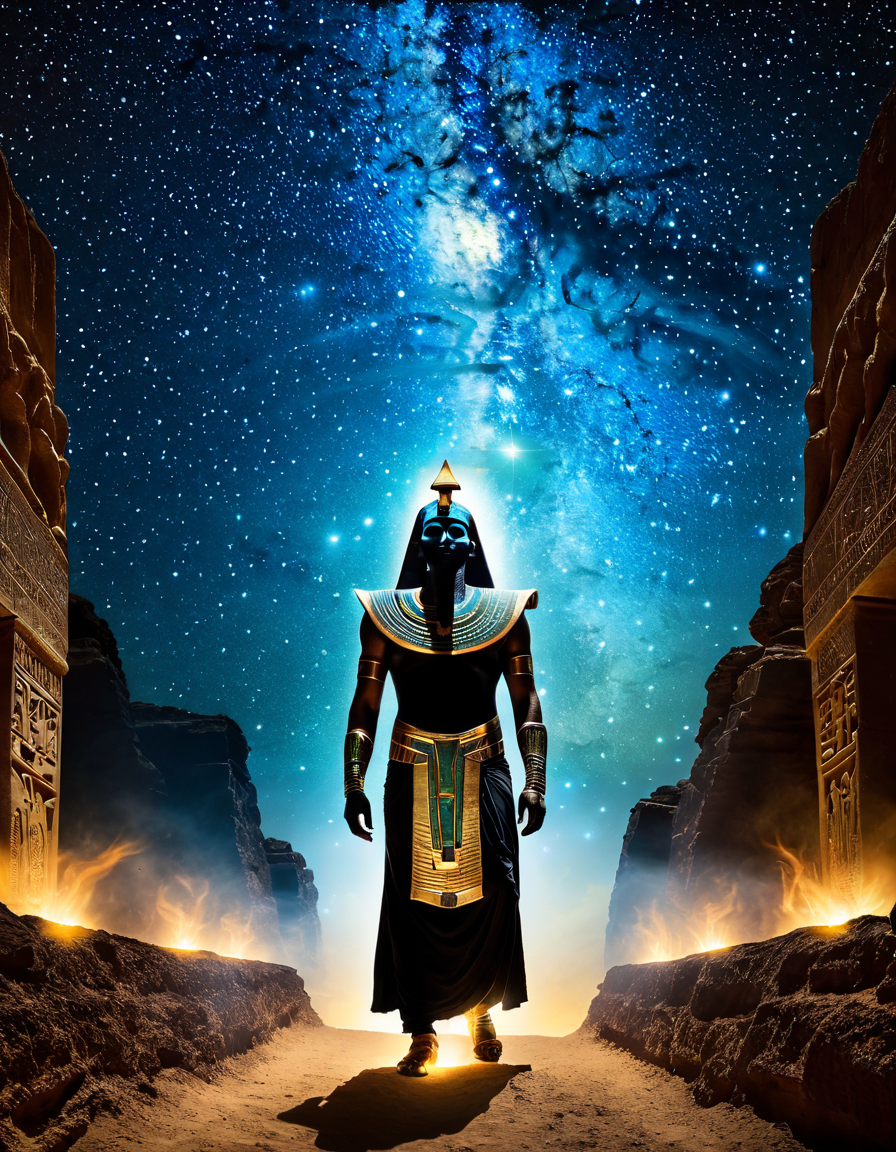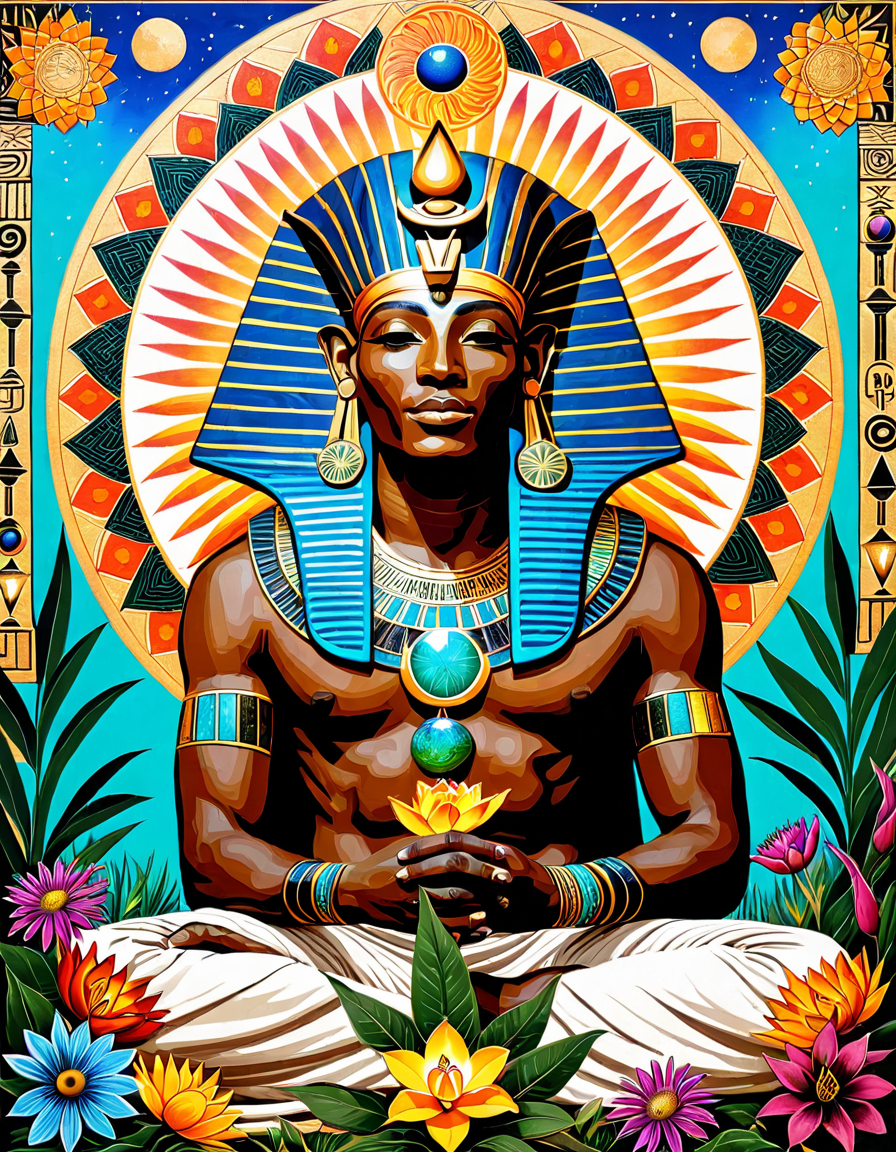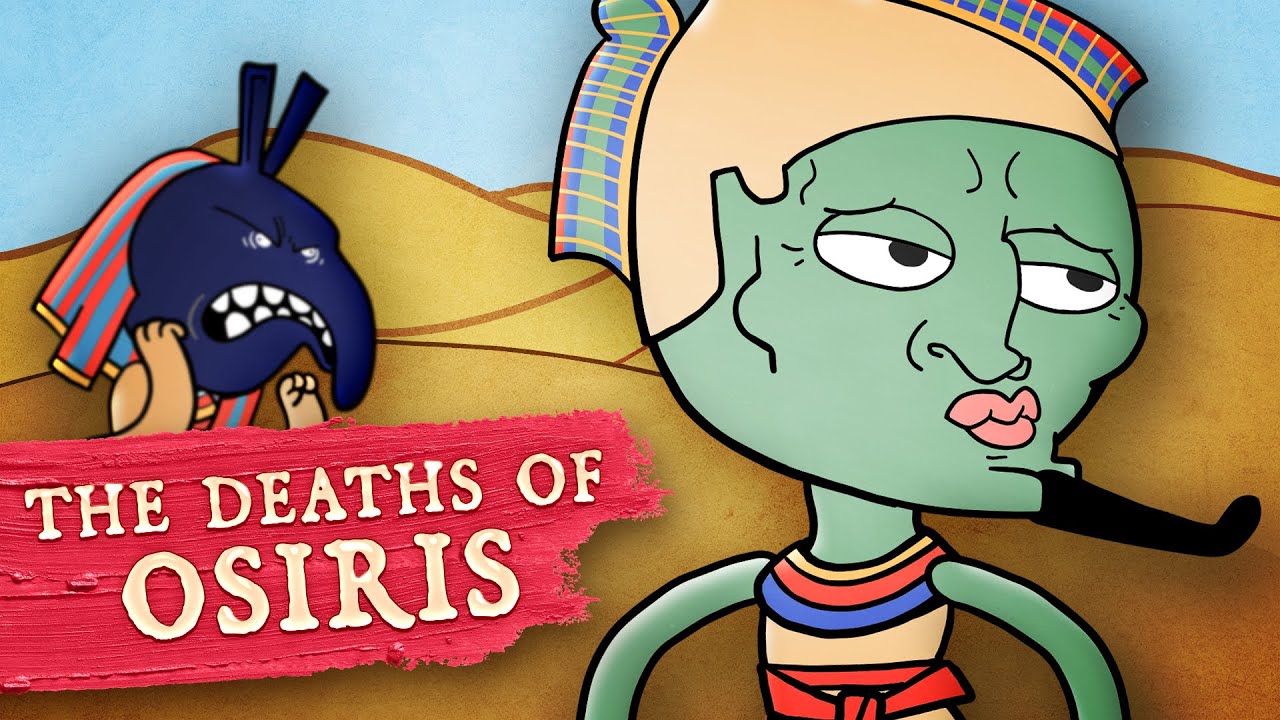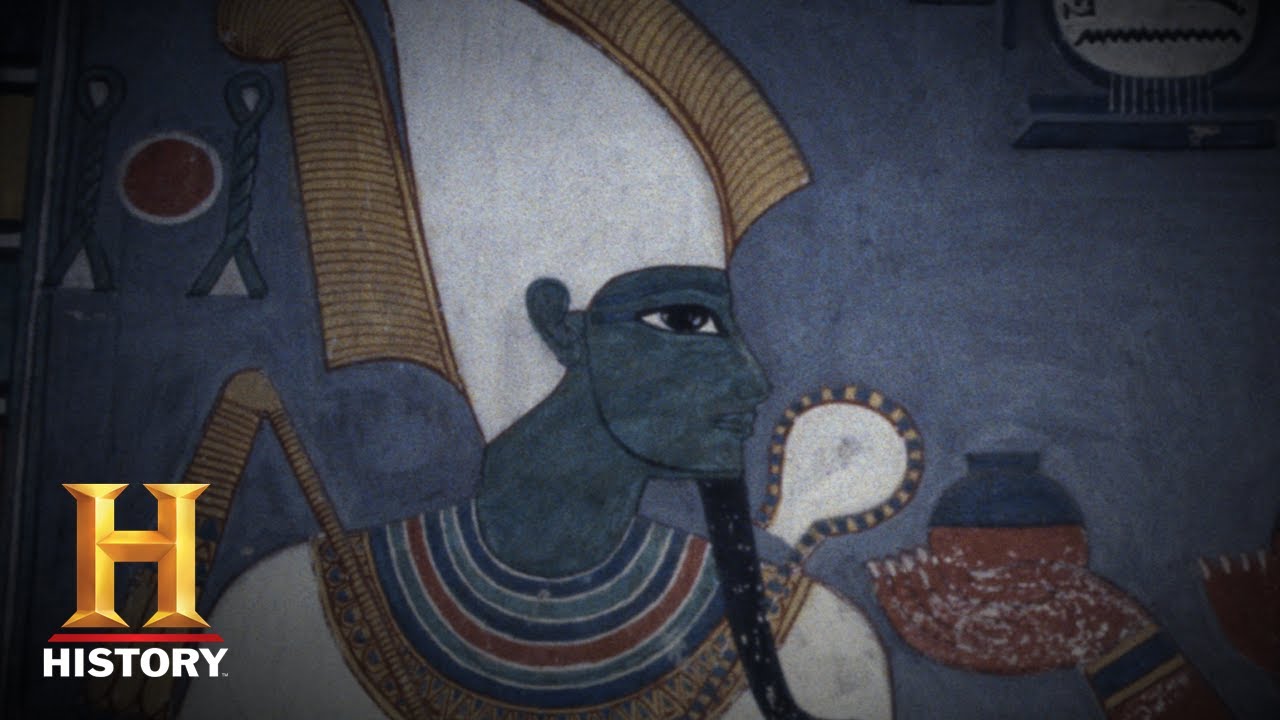Film enthusiasts, grab your popcorn—today we’re diving into the divine mystery of Osiris, the ancient Egyptian god who not only ruled the underworld but also dazzled with his resurrection saga. His story is a thrilling ride through themes of life, death, and rebirth that have echoed through cultures and centuries, and wow, it’s as profound as any blockbuster plot twist! From tragic betrayals to stunning revivals, Osiris’s mythology has inspired countless films, books, and shows. So, whether you’re into the timeless tales of yore or the latest streaming sensations, let’s explore how Osiris continues to resonate in our lives, both on-screen and off.
The Mythological Foundations of Osiris
Osiris stands as one of the most significant deities of ancient Egypt, embodying the interplay between life and death. In his tragic tale, Osiris is murdered by his jealous brother, Set, marking the beginning of a riveting saga. Set’s heinous act of slaying Osiris reflects a deeper fear—the fragility of life and the threat of treachery lurking in familial bonds. Yet, the plot thickens beautifully when his devoted wife, Isis, uses her magical powers to resurrect him.
This idea of resurrection is a powerful theme, don’t you think? It echoes through time and culture, similar to the Greek myth of the Minotaur who embodied duality—part human, part beast, revealing the primal nature ingrained in society. Osiris’s narrative holds a mirror to our fears and our hopes, influencing not just Egyptians but cultures around the world, shaping thoughts on mortality, redemption, and what lies beyond.

Top 5 Cultural Representations of Osiris and His Legacy
1. Film Influences: “Prometheus” and Its Echoes of Resurrection
Here’s a fun fact: Ridley Scott’s “Prometheus” takes a deep dive into creation myths, gracefully dancing around key themes reminiscent of Osiris’s resurrection. The characters grapple with creation and existential questions about life and death, echoing Osiris’s struggle for renewal. Just as Osiris rises triumphantly, “Prometheus” compels viewers to question what it means to be reborn, this time through advanced technology.
2. Literature: The Osiris Foundation in Contemporary Novels
Rick Riordan’s “The Red Pyramid” weaves in ancient Egyptian mythology, featuring Osiris as a central figure in its thrilling plot. The book not only entertains but also educates readers about a rich history intertwined with contemporary themes of power and rebirth. Similarly, many modern novels reflect historied influences, hinting at Osiris’s enduring legacy.
3. Visual Arts: Depictions of Osiris in Modern Exhibits
Contemporary artists like Kehinde Wiley make revisions to historical narratives, using Osiris’s symbolism to reflect modern identity. Wiley’s work reincarnates figures from history, reflecting Osiris’s essence of resurrection and transformation. This fascinating blend of ancient and modern ideologies pushes artistic boundaries and reshapes historical perceptions.
4. Video Games: The Osiris Archetype in Digital Storytelling
Games such as “Assassin’s Creed: Origins” let players interact with the world of ancient Egypt and directly engage with Osiris’s myth. Through exciting quests and immersive storytelling, players explore themes of mortality and immortality, painting Osiris as a crucial figure in the expansive universe of digital storytelling. This fusion of myth with gaming illustrates how ancient narratives endure in our playful escapades.
5. Fashion: Osiris-Inspired Trends
Fashion designers these days have also looked to the past for inspiration, and it’s stunning! Brands like Balmain have adopted motifs associated with Osiris, infusing runways with themes of resurrection and royal power. By melding these ancient symbols into haute couture, they’re ensuring that Osiris’s influence extends even into our closets.
Osiris and Prometheus: Exploring Themes of Creation and Resurrection
When you think about Osiris, don’t forget about Prometheus—the titan who also faced a mighty downfall for bestowing fire (knowledge) upon humanity. Both figures share a core theme of sacrifice for the greater good, showcasing how their destinies intertwine through mythology. While Osiris symbolizes life after death, Prometheus embodies creation and the quest for enlightenment. This contrast provides rich soil for exploration in narratives today that tap into the universal human experiences of creation, loss, and renewal.

The Lesser-Known Symbols Associated with Osiris
Let’s dig deeper because Osiris is not merely depicted as the green-skinned god of the afterlife. He’s often associated with the crook and flail, symbols representing national kingship and agricultural fertility, vital to Egyptian society. Furthermore, the djed pillar, symbolizing stability, is a lesser-known yet crucial aspect of Osiris’s influence that communicates societal order during his reign. These symbols paint a clearer picture of who Osiris was and why he continues to matter in contemporary discussions of power dynamics.
The Resurgence of Osiris in Popular Culture Today
In a world obsessed with reboots and resurrections across film and television, Osiris’s themes resonate loudly. Marvel and DC often capitalize on the cyclical nature of life and death, mirroring the transformative journey of Osiris. The popularity of superhero tales reflects society’s thirst for stories probing existence’s core while embracing rebirth through narrative. In this vibrant tapestry of culture, Osiris stands as a beacon, showcasing the timeless dance of mortality and innovation that captivates us all.
Innovative Wrap-Up: Resurrecting Osiris for a Modern Audience
So, as we trace the fascinating connections between Osiris and contemporary narratives, it’s clear that these ancient tales are still very much alive today. They reflect humanity’s enduring quest for meaning, seen vibrantly manifested in art, literature, and film. By dissecting Osiris’s rich legacy and its manifestations in modern storytelling, we unlock an ongoing dialogue with our shared myths—timeless stories that continue to shape our experiences and inspire future generations.
Now that you’re equipped with a deeper understanding of Osiris, feel free to share this knowledge with fellow cinephiles! Whether it’s a vibrant film festival or a cozy movie night, keep the conversation rolling and revel in the magic of storytelling—ancient and modern alike!
Osiris: The God of the Underworld and Resurrection
The Allure of Osiris
Now, if you’ve spent time delving into ancient mythology, you’ve likely stumbled upon the fascinating narrative of Osiris, the Egyptian god symbolizing both the afterlife and rebirth. Fun fact: Osiris was often depicted with green skin, signifying fertility, which hints at his dual role as resurrector and overseer of agriculture. Did you know that the Egyptian god was also central to the “Osirian” mysteries—rituals that echoed through centuries? Much like Otis Redding ‘s timeless music evokes deep emotions, the stories surrounding Osiris speak to the cycles of life and death that resonate with us all.
The Legacy Lives On
Moreover, Osiris’s influence stretches beyond just ancient Egypt; he’s a symbol that has seeped into many modern narratives. For instance, the themes of resurrection and redemption pop up frequently in literature and film—just as Zoe Saldana often embodies strong, reborn characters in her movies. Did you know that Osiris became known as the “Lord of the Dead”? This title forms the backbone of the beliefs surrounding the afterlife in ancient Egypt, similar to how Stephen Sondheim ‘s works explore complex human emotions and themes like death and resurrection.
Osiris in Popular Culture
Interestingly enough, Osiris has even found his way into pop culture references. In shows like Pretty Little Liars, the struggle against death and the pursuit of truth might echo Osiris’s mythos. Just as the characters aliased their lives and challenges to form a narrative, Osiris presented humanity with profound questions about life after death. And if you’re curious about dramatic storytelling stemming from history, you might look into the portrayals in literature where characters draw parallels to figures like Lady Jane grey, caught in their narratives of sacrifice and resurrection.
So next time you hear about Osiris, consider how his ancient myths continue to illuminate our modern tales of life, death, and everything in between, proving that this age-old deity still captivates our collective imagination today!








